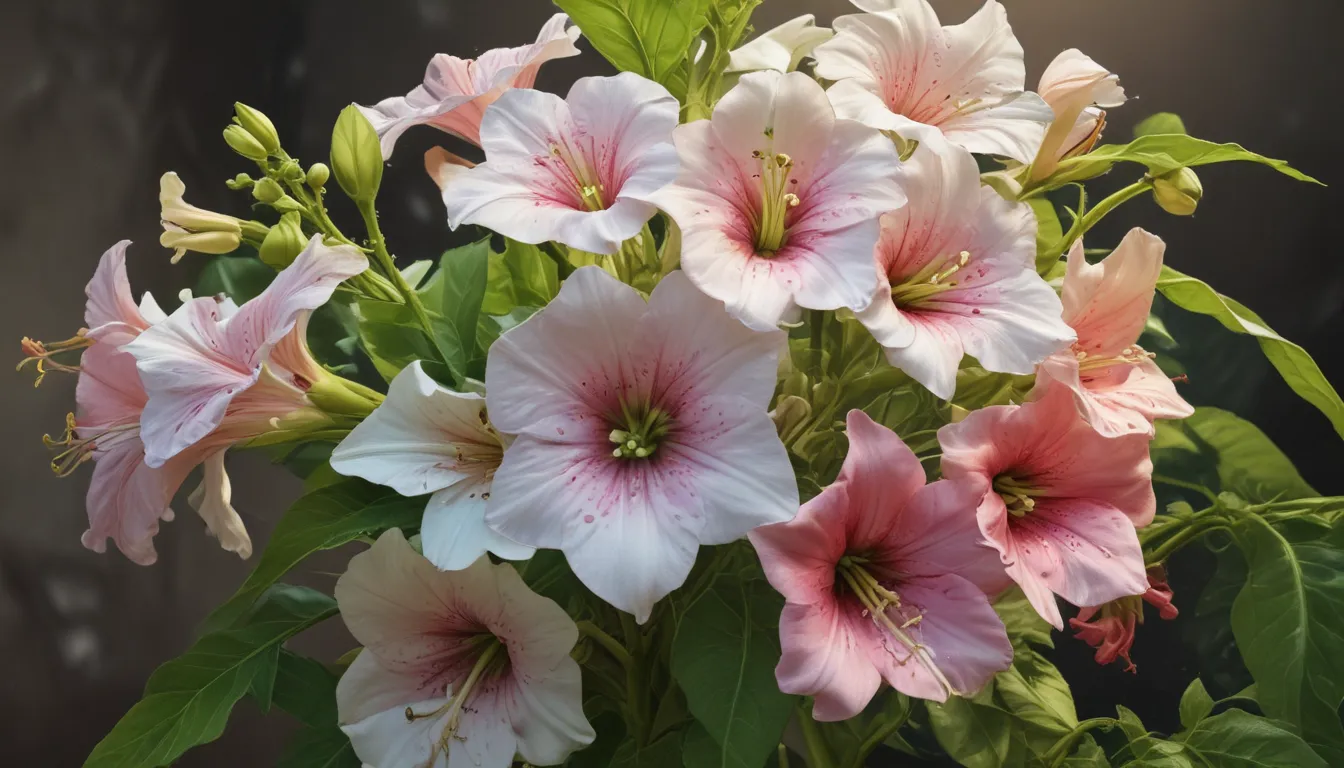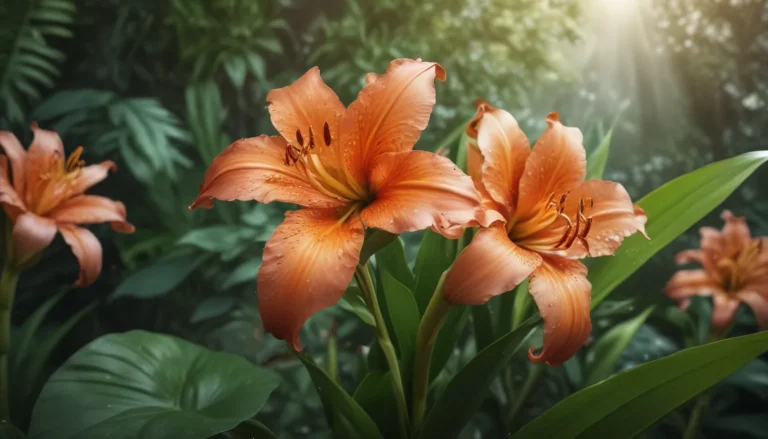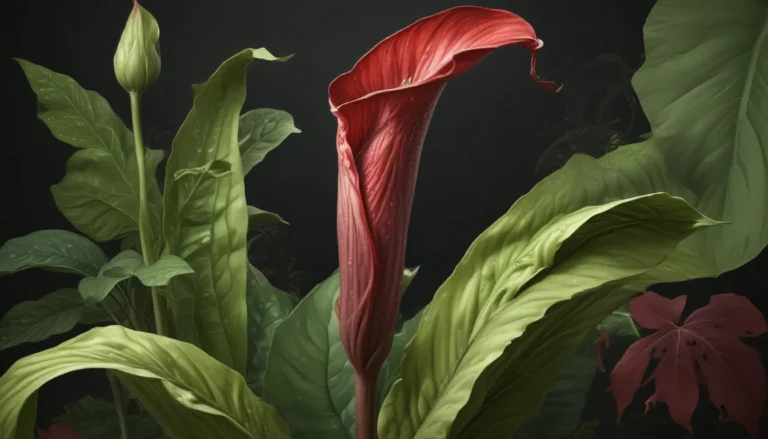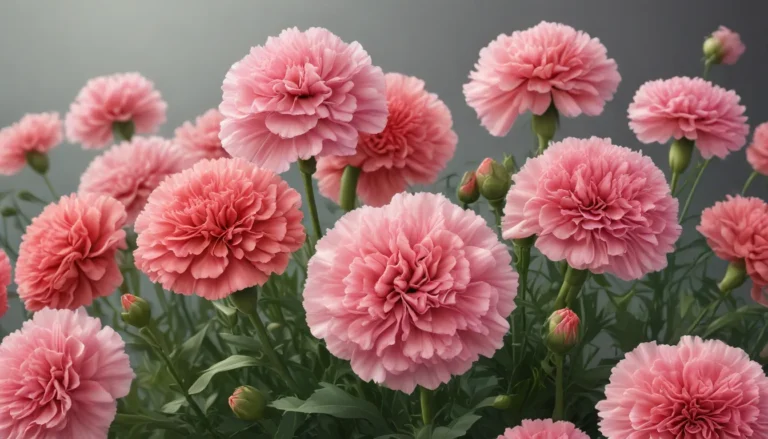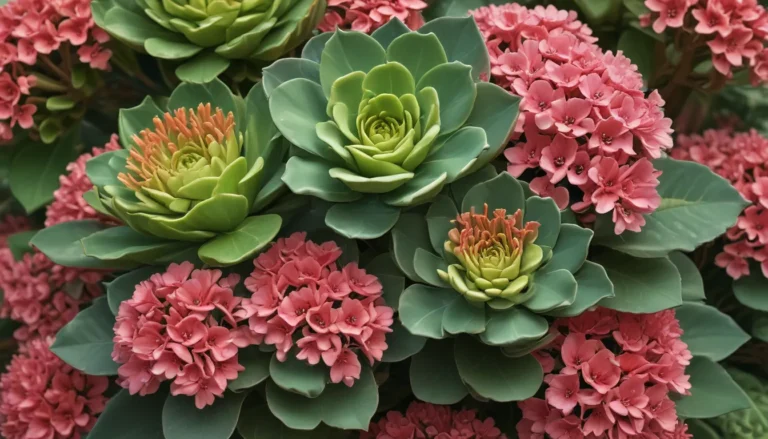The pictures we use in our articles might not show exactly what the words say. We choose these pictures to make you interested in reading more. The pictures work together with the words but don’t take their place. The words still tell you the important facts.
Nicotiana, commonly known as tobacco plants, have captivated the interest of plant enthusiasts and history buffs alike for centuries. These plants, belonging to the Solanaceae family, are primarily known for their role in the production of tobacco products. However, there is a treasure trove of intriguing facts about Nicotiana waiting to be discovered. Join us as we delve into the world of Nicotiana and uncover 14 surprising facts that showcase the diverse and remarkable nature of these plants.
Unveiling the Origins of Nicotiana
The Origins of the Name “Nicotiana”
Did you know that the genus Nicotiana is named after Jean Nicot, a French diplomat who introduced tobacco to Europe in the 16th century? This fascinating historical tidbit sheds light on the origins of the name Nicotiana and its enduring connection to the tobacco plant.
Indigenous Roots in the Americas
Nicotiana plants trace their origins back to North and South America, where they have been cultivated for centuries. Indigenous peoples have long revered Nicotiana for its medicinal properties, ornamental beauty, and even spiritual significance, highlighting the multifaceted nature of these plants.
A Diverse Array of Species
With over 70 different species in its genus, Nicotiana boasts a wide range of plants, each with unique characteristics and purposes. From annuals to perennials, Nicotiana species offer a rich tapestry of diversity, making them valuable for smoking, ornamental use, and medicinal applications.
The Versatility of Nicotiana Plants
Commercial Significance of Nicotiana tabacum
Nicotiana tabacum, also known as cultivated tobacco, stands out as the primary species used for commercial tobacco production. Renowned for its high nicotine content, Nicotiana tabacum plays a vital role in the creation of tobacco products, showcasing the economic importance of these plants.
Ornamental Beauty and Fragrance
Many Nicotiana species produce stunning, fragrant flowers that boast a distinctive trumpet shape. These flowers, often pollinated by night-flying insects and hummingbirds, add a touch of elegance to gardens and floral arrangements, making Nicotiana a popular choice for ornamental purposes.
Medicinal Marvels
Throughout history, Nicotiana plants have been treasured for their medicinal properties. From treating respiratory ailments to alleviating pain, various parts of the plant, particularly the leaves, have been utilized in traditional medicine practices, underscoring the therapeutic potential of Nicotiana.
Spiritual and Ceremonial Significance
Across different cultures, tobacco derived from Nicotiana plants has held deep spiritual and ceremonial significance. Viewed as a sacred bridge between the physical and spiritual realms, tobacco has been used in rituals for its perceived healing and protective properties, showcasing the cultural importance of Nicotiana.
Exploring the Ecological Role of Nicotiana
Natural Pest Control
Certain Nicotiana species contain alkaloids that serve as natural insecticides, protecting the plant from herbivorous insects. The potential use of these compounds in organic pest control highlights the ecological benefits of Nicotiana and its role in promoting a balanced ecosystem.
Nicotine Content and Addiction
Nicotine, a highly addictive compound found in Nicotiana leaves, is responsible for the stimulating effects of tobacco. The presence of nicotine not only contributes to the addictive nature of tobacco but also underscores the complex biochemistry of Nicotiana plants.
Cultivation and Propagation of Nicotiana
Ideal Growing Conditions
Nicotiana plants thrive in warm climates and are sensitive to frost and cold temperatures. Whether grown in regions with mild winters or as annuals in colder climates, Nicotiana requires specific environmental conditions for optimal growth.
Propagation Methods
Nicotiana plants can be propagated through seeds or cuttings, offering gardeners flexibility in expanding their plant collection. From sowing seeds directly into the ground to rooting stem cuttings, the propagation of Nicotiana allows for the cultivation of new plants with ease.
Conclusion: Embracing the Wonders of Nicotiana
Nicotiana plants stand out as captivating organisms with a rich history and a myriad of surprising facts waiting to be explored. Whether you're a plant enthusiast or simply curious about the natural world, delving into the realm of Nicotiana reveals a tapestry of beauty, versatility, and ecological importance. By unraveling the mysteries surrounding Nicotiana, we gain a deeper appreciation for the interconnectedness of all living beings and the remarkable diversity of plant life.
FAQs: Unveiling More Insights About Nicotiana
Q: What is the significance of Nicotiana in traditional medicine?
A: Nicotiana plants have been utilized in traditional medicine for treating respiratory disorders, toothaches, and insect bites, showcasing their therapeutic potential.
Q: Are Nicotiana plants toxic?
A: While Nicotiana plants contain toxic compounds like nicotine, the toxicity levels vary between species. Some Nicotiana plants, such as Nicotiana tabacum, are extensively cultivated for tobacco production.
Q: How do Nicotiana plants contribute to pollination?
A: Nicotiana flowers produce nectar to attract pollinators like bees and hummingbirds, facilitating the process of cross-pollination and promoting biodiversity.
Q: Can Nicotiana plants be harmful to the environment?
A: When cultivated on a large scale for tobacco production, the intensive use of pesticides and fertilizers can have negative environmental impacts. However, in their natural habitats, Nicotiana plants play a vital role in ecosystem balance.
Embark on a Journey of Discovery with Nicotiana
Nicotiana plants continue to captivate with their historical significance, diverse species, and remarkable applications. From their ornamental allure to their ecological contributions, Nicotiana stands as a testament to the wonders of the natural world. Explore the intriguing world of Nicotiana and uncover a wealth of fascinating facts that showcase the beauty and complexity of these extraordinary plants.
